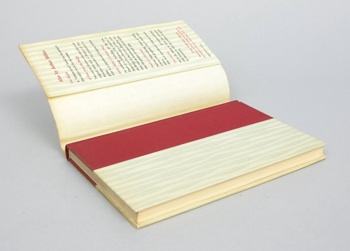

Miller is considered one of the greatest playwrights of the 20th century. What we’re doing is preserving his voice.” “We have the blessing of his alma mater, the University of Michigan, as well the University of Texas at Austin, which has his archives. “Our mission is to offer programming and coordinate with other entities,” Olivieri said. When the studio is finally installed next to the library - which has its own specific zoning requirements that need to be dealt with - the hope is to make it the center of a range of activities that honor Miller’s work. The entire building has been moved and is slated to be placed near the Roxbury town library once funds have been raised to maintain it.

“It’s easy to renovate.” The exterior of Arthur Miller’s writing studio. On the plus side, “It’s a small building,” Olivieri said.

It may just be a simple matter of moving it to an adjacent lot, but the action is reinvigorating the entire preservation project. “They need to have us get it out of their way,” Olivieri said. Meanwhile, the studio needs to be moved from its current location because that lot is slated to be resurfaced by the town. When the eminent playwright and longtime Connecticut resident Arthur Miller died in 2005, his daughter, filmmaker Rebecca Miller, decided that his home in Roxbury would be sold but that his small work studio - a standalone 14-foot by 22-foot building - would be relocated and preserved. The GoFundMe campaign is just the latest phase in an effort that began 15 years ago. Two weeks ago a GoFundMe campaign was launched looking to raise $1 million to move the studio next to Roxbury’s public library, then renovate and maintain it. Supporters of the playwright’s legacy are raising funds and awareness to make that happen. The town of Roxbury wants to add Arthur Miller’s writing studio to that list. In Connecticut, you can visit the writing room where Mark Twain wrote “Huckleberry Finn,” the summer cottage that Eugene O’Neill used as the setting for “Long Day’s Journey Into Night,” the home where Harriet Beecher Stowe wrote “The American Woman’s Home” and two different schoolhouses where Nathan Hale taught.


 0 kommentar(er)
0 kommentar(er)
